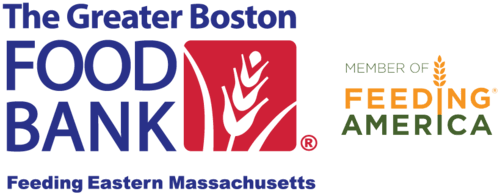What the SNAP Cuts Mean for Massachusetts
The cut in SNAP benefits has received a great deal of media attention and will impact many throughout the country. We have put together a quick Q&A outlining the effects of the cuts. What is the Supplemental Nutrition Assistance Program (SNAP)? The Supplemental Nutrition Assistance Program (SNAP) is a federally-funded nutrition program that offers food assistance to millions of eligible, low-income individuals and families. It is the largest program in the national hunger safety net. SNAP benefits provide those in need with access to foods such as breads and cereals, fruits and vegetables, meats, fish and poultry, and dairy products. They can also be used to buy seeds and plants which produce food for a household to eat. Why are SNAP cuts happening and what is the impact? In 2009, a temporary boost in SNAP benefits was given to offset the economic downturn, allowing recipients to receive an up-front increase in their monthly SNAP allotment. As of November 1, 2013, this boost expired, impacting 47 million by reducing the SNAP benefit to less than $1.40 per person per meal. A family of four could lose up to $36 per month. A single person could lose as much as $11 per month. What can GBFB do to help? The Greater Boston Food Bank (GBFB) was approved to be a SNAP Outreach Provider to educate clients about SNAP benefits as well as assist clients with the application process. This will help us reach our goal of providing one meal a day for every person in need in Eastern Massachusetts. In Massachusetts, every newly approved SNAP application secures an additional 9131 meals. Additionally, every SNAP dollar that is spent in the state of Massachusetts generates an additional $1.802 of local economic activity. Catherine D’Amato, President and CEO of The Greater Boston Food Bank says “In Massachusetts, 13% of our population relies on SNAP to have enough to eat and many supplement benefits with food from GBFB and our member agencies. With cuts of $39 billion at the federal level, these 889,000 people will rely on hunger relief agencies for even more support. This means the demand for nutritious food will increase. We will have to work harder to increase our food acquisition and distribution. We are committed to doing everything we can to help those impacted in our community and to end hunger here.” What can you do to help?
- Additional cuts are pending and you can voice your thoughts by taking action.
- Support GBFB by making a donation to help increase food acquisition and distribution.
- Spread the work about our open SNAP Outreach Coordinator position.
Adriene Worthington, RD, LDN Nutrition Manager The Greater Boston Food Bank —— 1 Gundersen, C., E. Waxman, E. Engelhard & T. Del Vecchio. Map the Meal Gap: Food Insecurity Estimates at the County Level. Feeding America, 2012. 2 Hanson, Kenneth. The Food Assistance National Input-Output Multiplier (FANIOM) Model and Stimulus Effects of SNAP. ERR-103. U.S. Department of Agrigulture, Economic Research Services. October 2010, p. 29.
